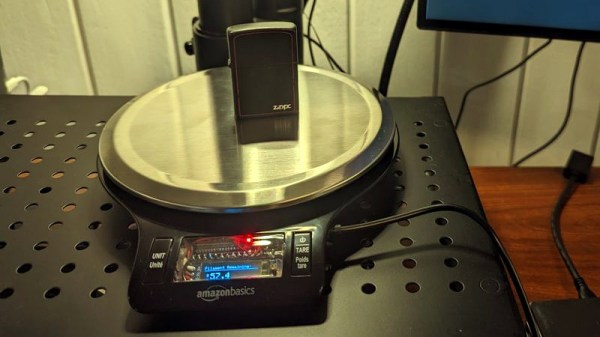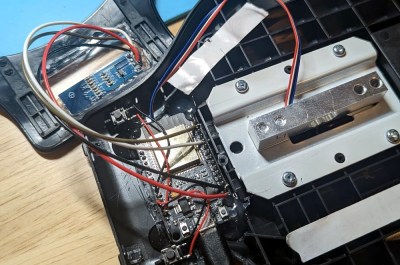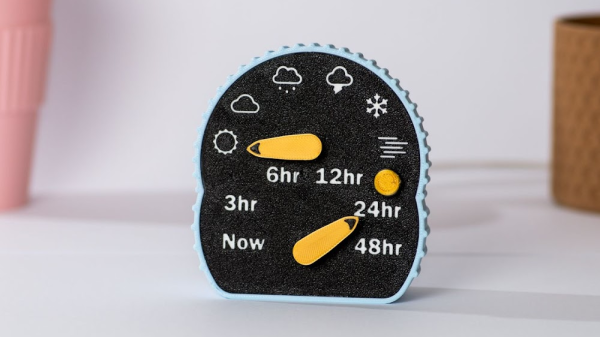These days, humans have gotten all fancy-schmancy with their gas and electric water heaters. Heck, some are even using heat pumps to do the work as efficiently as possible. [HowToLou] got back to basics instead, with his simple wood-fired water heater design.
The design is straightforward, featuring 100ft of quarter-inch copper tubing wrapped directly around a steel barrel. Room-temperature water is fed into the tubing via a garden hose, and comes out much hotter, thanks to a fire burning away in the barrel stove of [Lou’s] own construction.
For an input water temperature of 41 F, the output reaches 105 F at a flow rate of 0.67 gallons per minute. By [Lou]’s calculations, that’s a heat transfer to the water of roughly 21,000 BTU per hour. [Lou] achieved this with just $55 worth of copper tubing, and he notes that simply doubling up the tubing would increase the heat transfer to the water even further.
If you’re looking for a hot shower from your outdoor wood stove, a build like this might be just the ticket. With the stove burning hot and your hose as a water supply, you could experience the joy of the hot water while you’re standing in the snow outside. We’ve seen [Lou]’s work before, too. Video after the break.
Continue reading “Simple Wood-Fired Water Heater Is Surprisingly Effective”



















